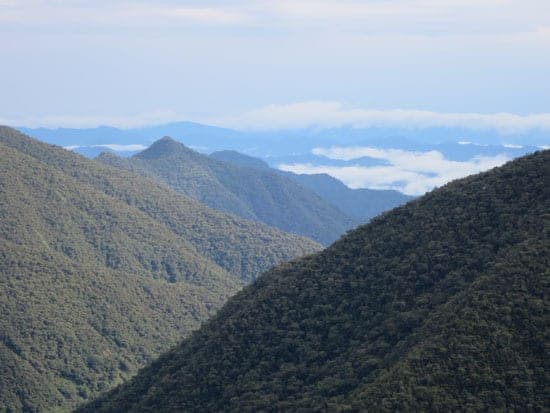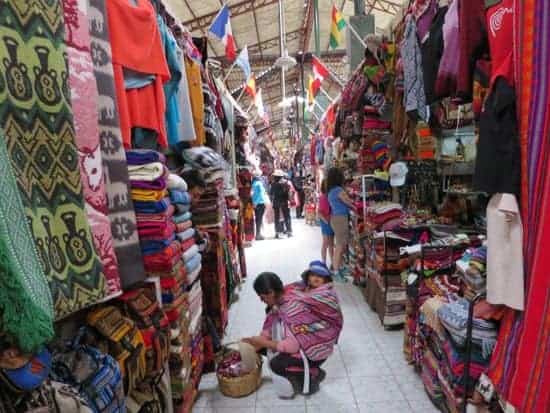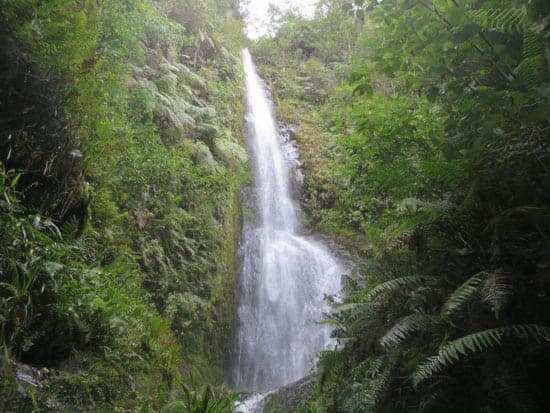Miss Rosie Goes to Peru: Cusco to Clout Forest
Our Kindergarten teacher Miss Rosie applied for and received a grant that has sent her to the Peruvian wilderness where she is studying frogs. She recently checked in with us after her “Cusco to Cloud Forest” experience!
Before Miss Rosie created the expedition “It’s a Froggy Life: The True Story of the Sierra Nevada Yellow Legged Frog” she knew very little about frogs. Throughout the past four years her passion for conservation, stewardship, and the study of living things grew alongside her students. Miss Rosie fostered her knowledge with articles, conversations with her lead expert (a UC Berkeley herpetologist), and fieldwork with two U.S. Forest Service aquatic biologists.
Now she’s in Peru to saving the frogs! Miss Rosie applied for and received a grant that has sent her to the Peruvian wilderness where she is studying frogs outside of her immediate environment.
She recently checked in with us after her “Cusco to Cloud Forest” experience!



Cusco to Cloud Forest
After a few delicious meals and some incredible sightseeing in Cusco we made our way through the Andes and into the cloud forests above the Amazon. On the way stopping at some pre Incan tombs. Some of the tombs exposed at the ground level. I was half expecting a Incan zombie to rise from the dead!
Our journey led us upwards to an elevation of least 12,500 feet. Even with living in the mountains of Lake Tahoe I felt the lack of oxygen and sinus pressure. The terrain was dry and scattered with invasive eucalyptus and pine trees. We came across only two very tiny villages in a time span of 4 hours on the paved road. As soon as we hit the dirt road there was not a town in sight for hours.
We finally arrived at the wayqecha biological station hidden just above the lush green canopy of the cloud forest. The station is one of three research facilities in the Peruvian Amazon under the umbrella of The Association for Conservation of the Amazon Basin (Asociaciòn Para La Conservaciòn De La Cuenta Amizònica- education, sustainability, and preservation). The station is on the edge of Manu National Park, which is four times size of Costa Rica and the fourth largest in tact ecosystem in the Peruvian Amazon. Leading experts in their fields come to this station to do research…we got to meet them and learn about the important research they are conducting!
At the Manu National park:
– Over 300 species of birds
– 239 species of orchids (2 new species recently discovered)
– 155 amphibians (including the smallest Andean frog)
– 132 reptiles
– Andean bear, cougar, dwarf brocket
Researchers here are currently studying:
– Effects of climate change in tropical forest
– Chutrid fungus/ habitat loss in Wayqecha: between 1999-2009 34% (17 species) of frogs in the Andes have become extinct
– Effects of livestock on ecology of beetles
– Marsupial frogs (carry their young frog offspring in pouches on their backs)
– ONLY 50% of the population of plants/animals haven’t been studied!
Here we walked the cloud forest canopy with expert local guides and identified 3 different frog species!
Already I’m learning so much from the researchers here and my experiences in the field…I can hardly believe I’m on my own expedition!
More to come as we head deep into the Peruvian Amazon!